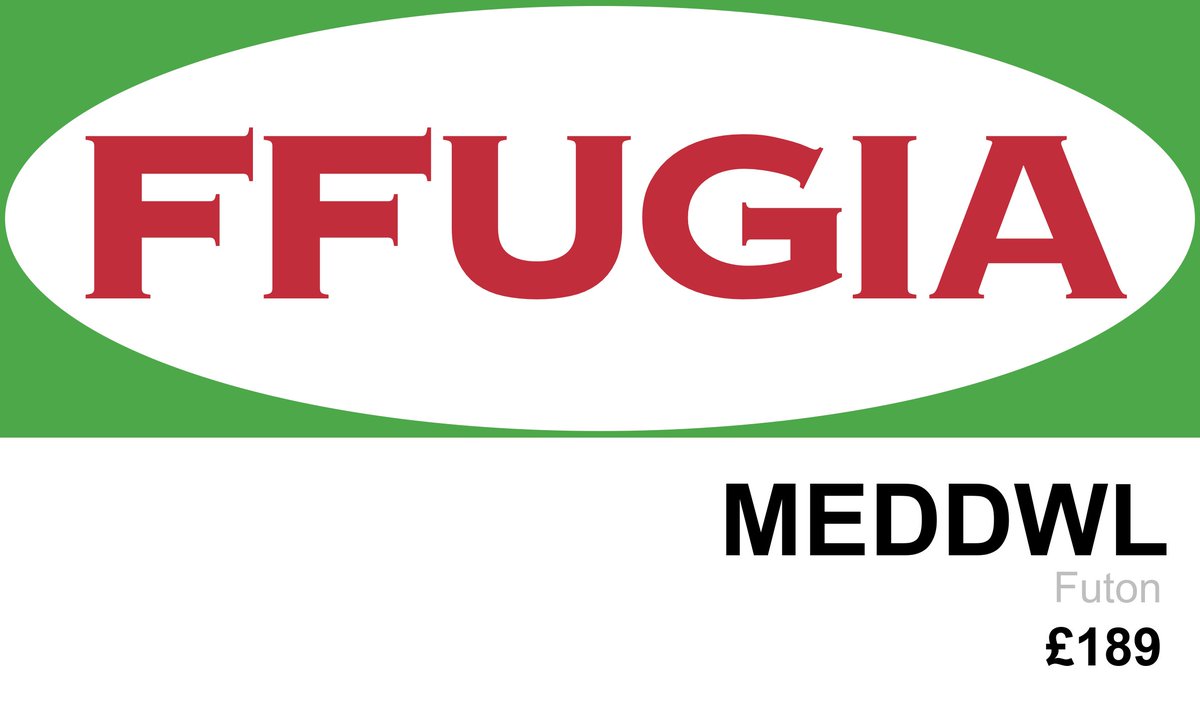On the topic of #NoTalkTISLR started at #TISLR13 (a thread)...
I'm a hearing linguist. "Why did you get into sign languages?" is a question I get. Answer: I wanted to do linguistics, went to Stockholm Uni, got exposed to Swedish SL at the dept, got curious, enrolled in a class, got hooked, and continued parallel linguistics + sign language.
I took my first SSL class in 2007, just a tiny intro, more about structure than learning how to sign. A year later, I enrolled in a full-time class, took two semesters. After that, I was allowed to join a SL linguistics class, taught fully in SSL. I was the only hearing student.
In that first sign linguistics class, I remember my teacher @mesch_joo showing us a clip of international sign. My deaf classmates knew IS. I understood ≈0% of the content. I also struggled expressing myself in SSL, but at least had the advantage of knowing the linguistics part.
@mesch_joo Around this time, I also enrolled in a deaf club evening class in ASL. It was taught by a Swedish deaf, I picked up some very basic vocabulary, but the course was something like 10–15 hrs in total.
@mesch_joo A couple of years later, in 2012, I worked in Israel for a year, getting exposed to several sign languages, and starting to use more ASL as one of the working languages, a lot of exposure was due to my working with @ryanlepic.
@mesch_joo @ryanlepic 2013 was my first #TISLR. I presented two posters. I remember being very nervous about trying to explain posters in anything but SSL. Not even sure I did, to be honest. I think deaf participants saw me talking and therefore (understandably) would mostly pass me by.
@mesch_joo @ryanlepic 2016 was my second #TISLR. I gave my stage in English, but I did some signing or SimComing for my posters. SimComing at conferences is very hard for me though, as it is simultaneous L2's (in both modalities).
@mesch_joo @ryanlepic Since then, I have gained more and more international experience. More IS and sign language mixing experience (somewhat negatively influencing my ASL, and SSL), which has made me much more comfortable signing in international contexts.
@mesch_joo @ryanlepic Before #TISLR13, I was considering to only sign for the duration of the conference (no talking, no SimComing) as a statement. I am uncomfortable about sign language conferences not using sign language as the mode of communication.
@mesch_joo @ryanlepic As expected, this didn't fully work out, as hearing colleagues would come up to me and speak. I wouldn't call them out, but when in a deaf occupied space I tried to always SimCom at least. Maybe 90% of the time.
@mesch_joo @ryanlepic I gave a stage presentation in (some form of) IS. I wasn't super happy with my performance, but the support I got before and after from so many deaf friends and colleagues from all over was amazing! It made me feel better about it! ILY
@mesch_joo @ryanlepic So, my points being: I would be in support of a #NoTalkingTISLR. Like @ryanlepic said "leave talking at the door". I myself needed many years to reach a point where I feel comfortable with signing, but I never got shamed, only encouraged.
@mesch_joo @ryanlepic Would I have been against a #NoTalkingTISLR at previous conferences? No. I would not have been able to participate as much then, but I would have been encouraged to engage and learn more.
@mesch_joo @ryanlepic There are still many other issues. Like IS vs ASL. I feel more comfortable in IS or "world ASL" now than ASL (as before). In all-ASL contexts, I can feel a little left out and also feel bad that I am not very skilled at signing "pure" ASL...
@mesch_joo @ryanlepic As much as a #NoTalkingTISLR could feel like it's excluding talkies, I would rather see it as encouraging everyone to negotiate an inclusive communication. It's sign language research, we *need* to sign. No exceptions.
@mesch_joo @ryanlepic If you can't use a flexible international sign communication, then join more passively, get exposure, learn, engage, interact. It may take years (it did for me), but I think everyone has the ability to learn this skill – deaf or hearing.
@mesch_joo @ryanlepic Language choices and policies like IS vs ASL still need to be discussed. English is already the default language in academia and I have issues with this too. But I think with sign communication as the goal, the bare minimum is to encourage signing, and aim for a #NoTalkingTISLR.
• • •
Missing some Tweet in this thread? You can try to
force a refresh












